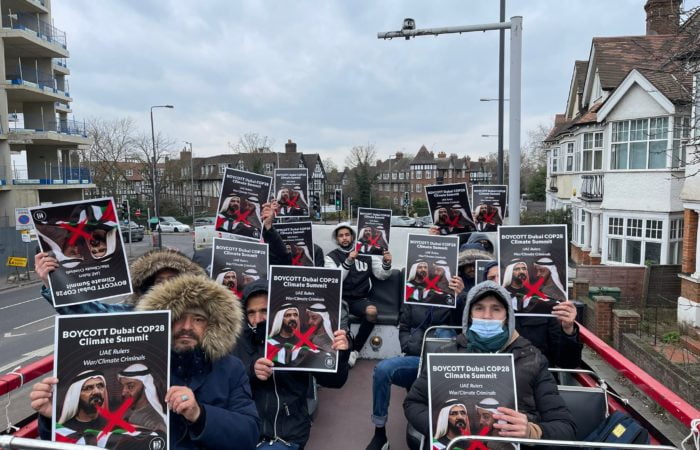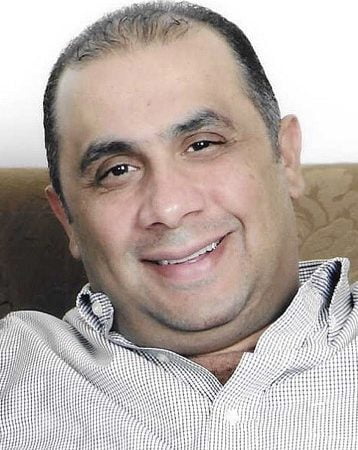Behind the glitz and glamour of royal palaces lie allegations of torture, abuse and incarceration. One after another, why are female members of the royal family fleeing the UAE?
In the spring of 2019, news started emerging from what many call the ‘Las Vegas’ of the Middle East: Dubai.
Known normally for its swanky skyscrapers and bustling nightlife, this time the emirate was making the headlines for all the wrong reasons. It was an incident that put a spotlight on Dubai’s patriarchal society and its ruler’s image.
Princess Haya bint al Hussein, the Dubai ruler’s sixth wife fled with her two children Zayed and Al Jalila, and sought asylum in the UK.
‘Sheikh Mohammed has been a prominent ambassador for modernity in the UAE. He has shown the country as a glitzy glamorous place to go. It’s modern, it’s Western and these three particular cases of Shamsa, Latifa and Haya have put a massive black cloud over the whole country,’ Radha Stirling, the CEO of Detained in Dubai, an advocacy group told TRT World, referring to three members of Sheikh Mohammed’s family who have either fled or have tried to escape the country.
A perfect fairy tale?
They shared a love for horses and are trained equestrians. Princess Haya, the half-sister to Jordan’s King Abdullah was 30 years old when she married 53-year-old Sheikh Mohammed bin Rashid al Maktoum, the ruler of Dubai, in April, 2004.
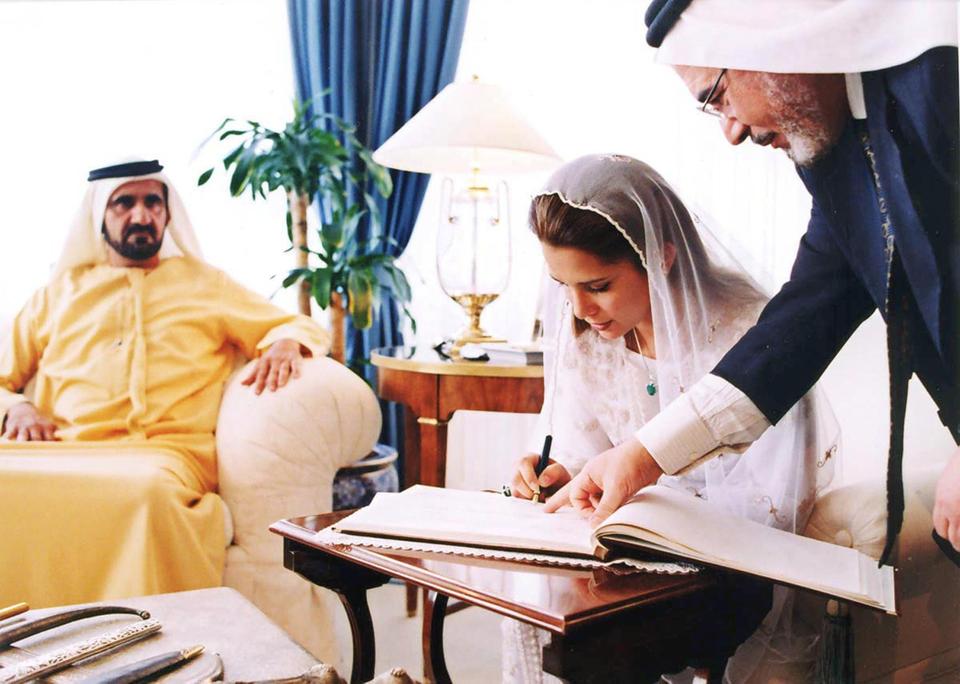
“Every day I am amazed by the things he does. Every single day I thank God that I am lucky enough to be close to him,” said Princess Haya in 2016.
A UN goodwill ambassador, former Olympian and a proponent of women’s rights, she was seen as an icon, one who knew how to strike a balance between her profession and family. Her social media accounts painted a picture of a fairy tale life.
Be it gatherings or high profile horse racing events, Princess Haya was regularly seen at Sheikh Mohammed’s side. But this year she was conspicuously absent at the Royal Ascot races, which the two would attend, often hand in hand.
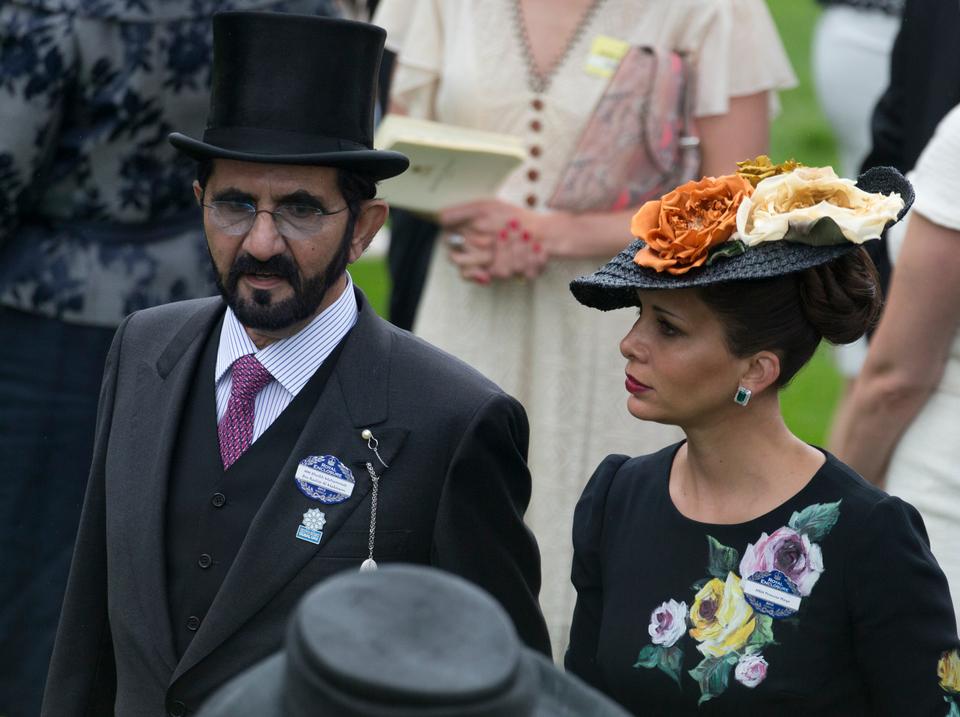
After Haya’s disappearance, Dubai’s ruler shared a cryptic poem on Instagram, titled You lived and You died. He purportedly penned his frustration, accusing an unnamed woman of betrayal.
Eventually and after much speculation, Haya reappeared – in the UK.
While many facts may still be hidden under the royal shroud, the world was closely watching the first hearing of what is one of the highest-profile legal battles involving royals at a British court.
Not only did Princess Haya apply for a ‘forced marriage protection order’ relating to one of her two children but also a ‘non-molestation order’, which protects her from harassment or threats.
A forced marriage protection order can help someone who has been or is being forced into marriage.
She also applied for a wardship, which if granted, means that major decisions regarding the welfare of her children cannot be made without the court’s approval.
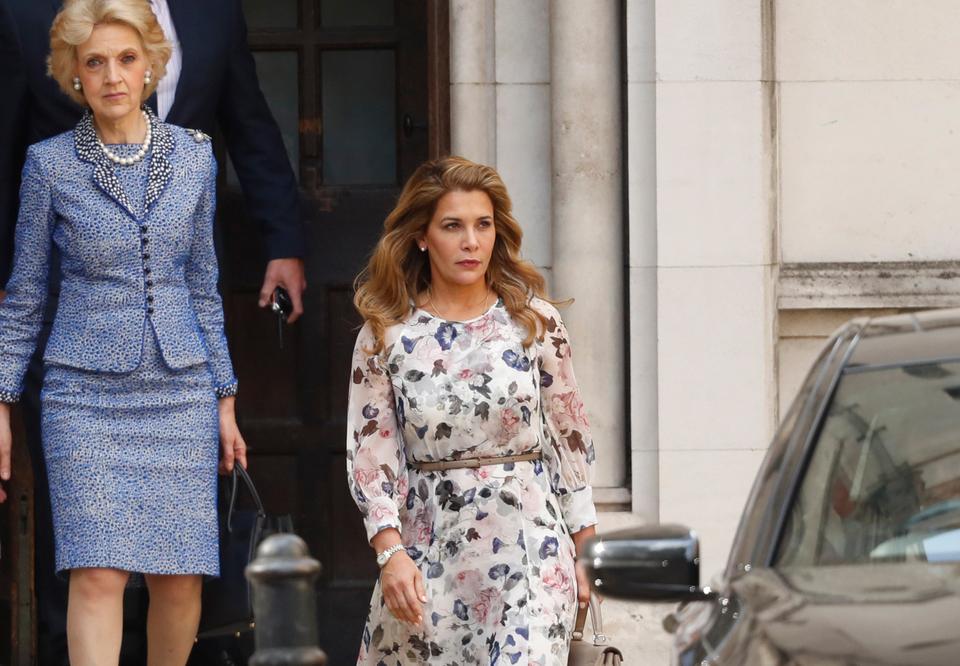
So what was it that prompted Princess Haya to flee the royal family and the man she once admired? What could have gone wrong?
Princess Haya is not the first female of the royal family to have fled the UAE. Before her escape, Sheikh Mohammed’s two daughters, Sheikha Shamsa al Maktoum and Sheikha Latifa bint Mohammed al Maktoum tried to flee, but their attempts were unsuccessful.
Some believe Princess Haya had learned disturbing facts about her stepdaughter Princess Latifa’s forced return to Dubai last year after she failed in her attempt to escape the kingdom. Facts that forced her to plan her own escape.

Princess Latifa’s bid to escape
A sky-diving enthusiast, Princess Latifa is the daughter of Sheikh Mohammed and an Algerian woman, Houria Lamara .
She tried to escape when she was 16 but was brought back to the palace upon the orders of her father. After the incident, she claimed to have been detained, tortured, abused and kept in solitary confinement for more than three years in Dubai’s Zabeel Palace.
Undeterred, she risked her life again in 2018 and tried to flee, a plan that was reportedly seven years in the making. But her second attempt was also thwarted. She was taken by commandos in the Indian Ocean and forcibly returned to the UAE.
Earlier she had shared a video talking about her life, lack of freedom, and torture she was subjected to when the authorities caught her fleeing during her first attempt.
‘They (CID) told me that ‘your father told us to beat you until we kill you. Your father, the ruler of Dubai.’
The video was released by Detained in Dubai, after her capture in 2018. She also spoke about her elder sister Princess Shamsa, who reportedly tried to escape their family’s estate in Surrey, England in 2000, but was caught and brought back to the UAE.
Princess Shamsa was the first to run away from her family.
Why are women on the run?
Latifa was desperate to live a life free from repression and seek refuge for herself and her sister. She alleged ever since Princess Shamsa had returned, she was in a miserable state.
‘She was unhappy with the treatment of Shamsa. She said she had been forcibly drugged and had basically become a zombie with no life. She wanted to take Shamsa with her when she escaped. But she said she was in no state physically or mentally to be able to make such an escape,’ said Stirling, who campaigns for Sheikha Latifa.
After Lafita’s dramatic capture, her whereabouts were unknown. Concerns were raised by rights groups over her safety.
And in that December, upon the request of Princess Haya, former UN High Commissioner for Human Rights Mary Robinson visited their emirates home and met Princess Latifa.

The royal family then released pictures of Sheikh Latifa sitting next to Robinson, who said the princess was ‘troubled’ and ‘in the loving care of her family’. This, despite her uncanny appearance.
‘People assumed she was drugged, that she was under duress and they are pretending that she is OK when she is not. That was the first time Princess Haya had met her apparently and also the last time that Princess Haya saw her.’ Stirling told TRT World.
Robinson faced a backlash with critics calling her “a willing pawn in the PR battle between the UAE ruling family and the rest of the world”, and so did Princess Haya. She was criticised for towing her family line that Princess Latifa was vulnerable and had been brought back to protect her from ‘exploitation’.
It’s been several months since the alleged orchestrated photo op. No one knows where Latifa has been since.
Stirling, who has intelligence sources close to the palace, said: “She is having to make up essentially for her mistakes for damaging the reputation of the country. She is likely in a villa but very restricted.”
Princess Haya’s escape has not only rekindled hopes for Princess Latifa’s freedom but also added weight to her allegations of abuse and torture women in the ruling class are subjected to like Princess Latifa.
With these dramatic escapes, the issue of women’s rights in the UAE has come to the fore. It has no laws safeguarding women against domestic violence. Women have no faith in the court systems where patriarchy remains deeply entrenched.
“If they could go to the police and they could get safety within their country, they probably wouldn’t flee. No one wants to abandon their entire county if they have protection within their country,” Stirling said.
Princess Haya is now living in the royal family’s mansion just across the road from Kensington Palace. As for the children, Sheikh Mohammed will desperately try to get them back to Dubai.
“If he wants a chance for the custody of his children, he has to cooperate with the UN investigation into Latifa’s wellbeing as Haya’s lawyers will absolutely be arguing that her children are not safe with him when Latifa’s situation has been so public,” says Stirling.
The custody battle brewing between the royals will be heard on November 11.

